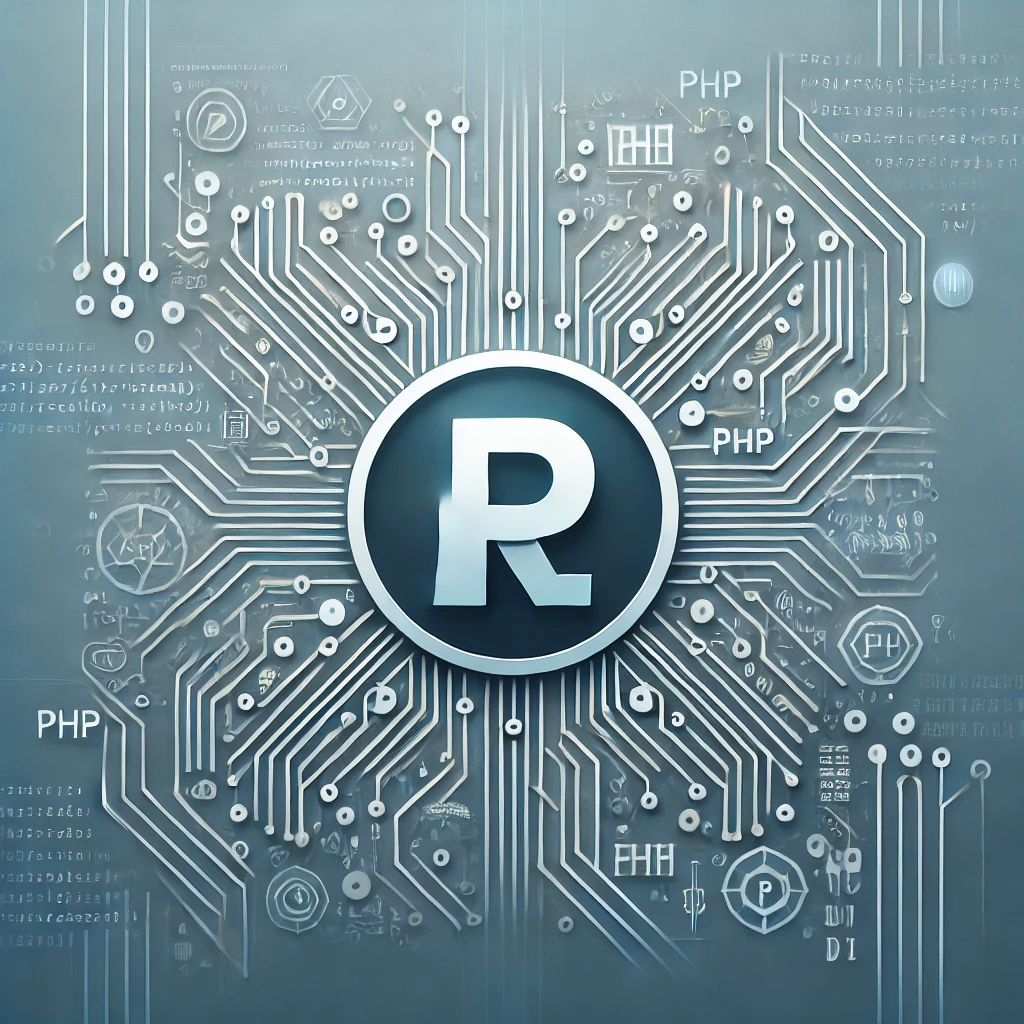Setting Up a Local Server for PHP Development: A Beginner’s Guide
Developing websites using PHP requires a local server, and while the thought of setting up a server might seem daunting, it’s actually a straightforward process that any aspiring web developer can handle. Let’s break down the steps and demystify the process.
Why You Need a Local Server
A local server on your computer allows you to run websites that use server-side languages like PHP without having to upload your site to the internet. This setup is essential for testing and developing websites in a controlled environment.
Choosing the Right Server Software
There are several popular options available for setting up a local server, including LAMP (Linux), WAMP (Windows), XAMPP (cross-platform), and MAMP (Mac). Each has its strengths, but for ease of use and beginner-friendliness, XAMPP is often recommended. XAMPP includes PHP, Apache, and MySQL, providing a comprehensive environment for developing PHP applications.
Installing XAMPP

- Download XAMPP: Visit the official XAMPP website at apachefriends.org and choose the version suitable for your operating system. The process is straightforward—select your OS (Windows, Linux, or Mac) and download the installer.
- Run the Installer: Once downloaded, run the installer. It’s crucial to pay attention to where you install XAMPP, especially if you’re using Windows. For ease, avoid installing in the Program Files directory due to permission issues. Installing directly on the C: drive is often smoother.
- Setup and Configuration: Follow the prompts to complete the installation. You can choose which components to install, though defaults are typically fine for most users.

Launching XAMPP
After installation, you can start the XAMPP Control Panel. From here, you can manage your PHP environment:
- Start Apache and MySQL: These services are necessary to run PHP scripts and manage databases. Make sure they are running before you try to test any scripts.
- Accessing Your Local Site: With the server running, you can navigate to
localhostin your web browser to see the XAMPP dashboard. This confirms that the server is active and ready.
Setting Up Your Project
- Navigate to the htdocs Folder: This directory is where you should place your project files. It’s the root directory for your local server.
- Create Your Project Directory: Inside
htdocs, create a new folder for your project. This is where you’ll save your PHP scripts. - Test a Simple PHP File: To ensure everything is working, create a simple
index.phpfile in your project folder with the following content:phpCopy code
<?php echo "Hello, world!";?>- Navigate to
localhost/your-project-folderin your browser. If you see “Hello, world!” displayed, your local server is set up correctly.
Common Issues and Tips
- Permissions: If you encounter permissions issues, especially on macOS or Linux, ensure that your user has the appropriate rights to modify the
htdocsfolder. - Security: Remember, XAMPP should not be used as a production server. It’s configured out of the box for development and lacks the security measures necessary for a live internet-facing server.
Next Steps
As you become more comfortable with your local server setup, you can start exploring more advanced PHP features and begin integrating databases into your applications. The local server environment is a safe space to experiment and learn without the risks associated with a live website.
I hope this guide helps you set up your local server for PHP development smoothly. Stay tuned for more tutorials that will dive deeper into PHP syntax and development techniques.
